Watershed Warriors
By Leslie Weir
“Why is there so much trash?”
“Why do people throw so much trash in the water?”
These are the questions GGBA Youth Programs Manager, Clayton Alexander, most often hears when his Eco-Education students first see the unending line of trash that appears along the San Francisco Bay shoreline as the winter rains flush garbage and debris through the watershed. This line of inquiry is full of opportunity for Clay. It allows him to take his students on a journey of exploration that starts with their neighborhood storm drains, travels along creek beds, through wetlands, and ultimately ends at the Pacific Ocean.
 GGBA Youth Programs Manager Clay Anderson on a field trip with Eco-Ed students
GGBA Youth Programs Manager Clay Anderson on a field trip with Eco-Ed students
Over nearly two decades, Golden Gate Bird Alliance has inspired close to 20,000 young people to take better care of their local watershed through Eco-Education and the program continues to win hearts, minds, and awards. Eco-Education was the recent recipient of the Alameda Watershed Confluence Award for Best Youth Program. It is a past recipient of the Governor’s Environmental and Economic Leadership (GEELA) Award and the Outstanding Service Award from the North American Association for Environmental Education (NAAEE). But, most importantly, the restoration focus of the program has helped transform Pier 94 in San Francisco, Arrowhead Marsh in Oakland, and other sites around the Bay Area, into vital and diverse wildlife habitats. The US Geological Survey acknowledged Eco-Education participants for restoring upland habitat for the endangered Ridgway’s Rail at the Martin Luther King, Jr. Regional Shoreline.
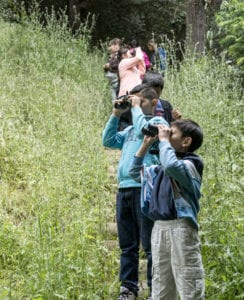 Eco-Ed students on a bird walk
Eco-Ed students on a bird walk
In the Bay Area, despite their proximity to the San Francisco Bay and the Pacific Ocean, many children from under-resourced neighborhoods and school districts in Oakland, Richmond, and San Francisco, have little contact or awareness of the natural world around them. These children often lack opportunity to encounter the ecosystems and biodiversity within their local creek, wetland and ocean habitats. Through Eco-Education they begin to understand the positive role they can play in helping wildlife. GGBA’s multi-dimensional Eco-Education Program empowers children and their family members to explore nature with joy and to cherish coastal habitats and the unique cohort of wildlife their own local watershed supports. Providing young children from under-served areas with the education, exposure and information about the watershed and coastal habitats inspires them to become active environmental stewards and to continue to apply those lessons in the future.…

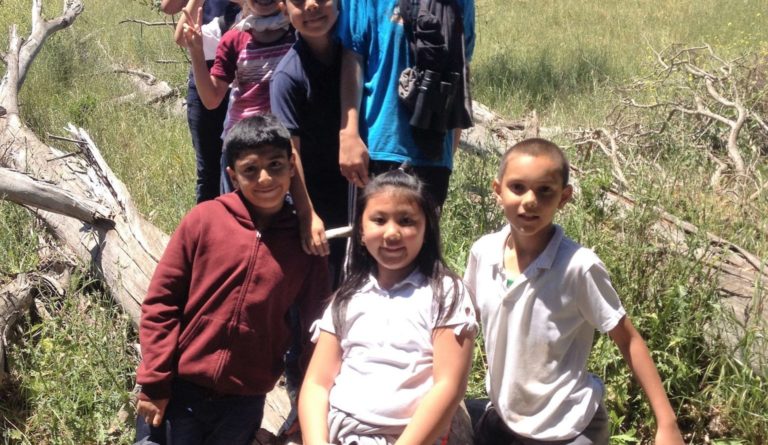
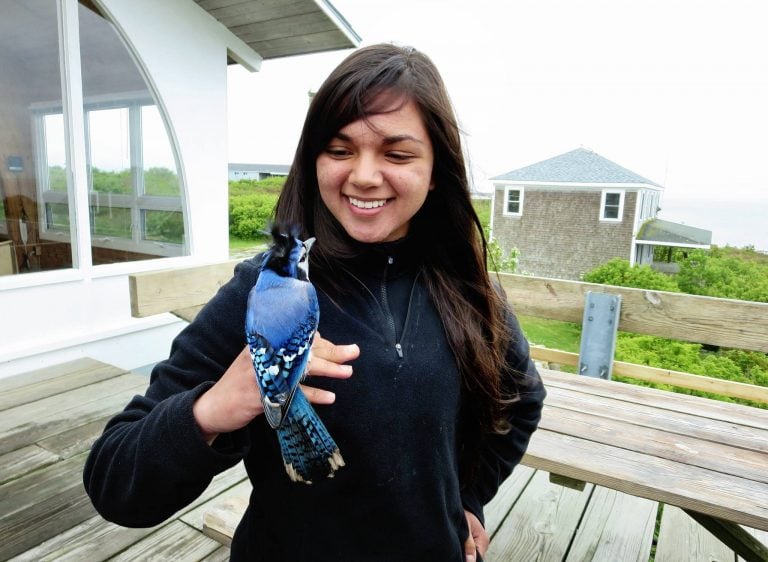
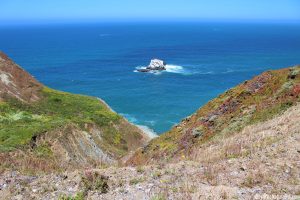 Devils Slide by Taylor Crisologo
Devils Slide by Taylor Crisologo
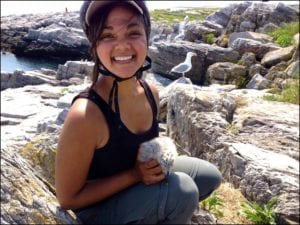 Taylor participating in Herring Gull Research
Taylor participating in Herring Gull Research
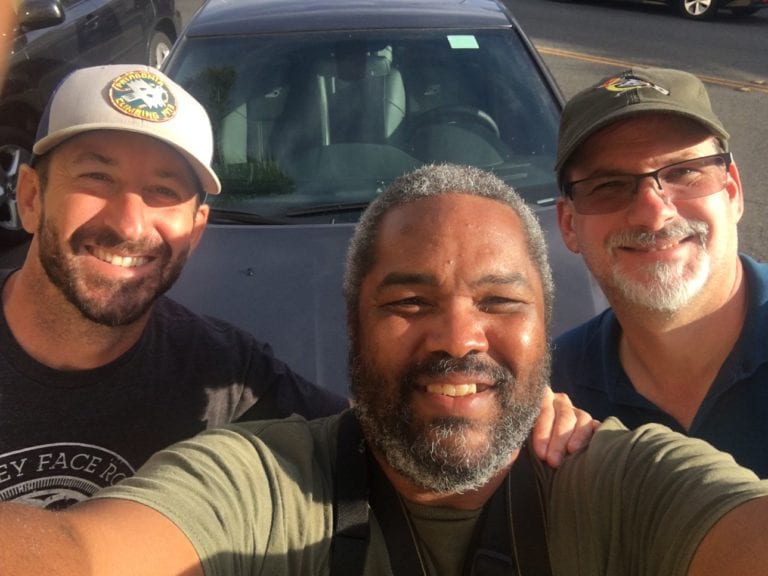
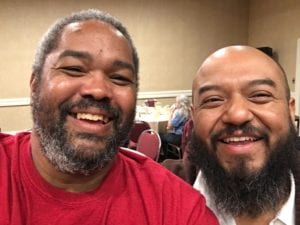 Clay with Marcos Trinidad
Clay with Marcos Trinidad
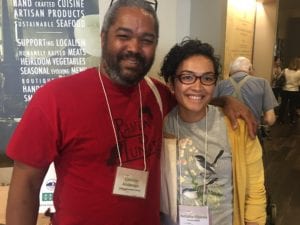 Clay with Natasha Khanna
Clay with Natasha Khanna
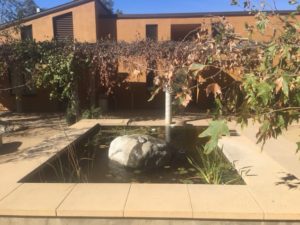 Audubon Center at Debs Park
Audubon Center at Debs Park
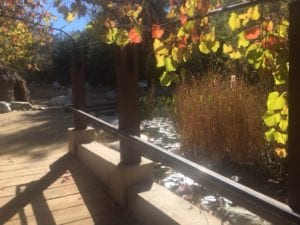 Audubon Center at Debs Park
Audubon Center at Debs Park
 Orange-crowned Warbler in Tilden by Pam Young
Orange-crowned Warbler in Tilden by Pam Young
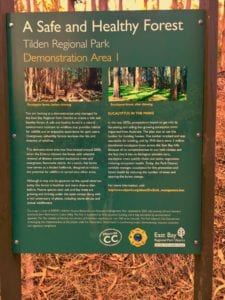
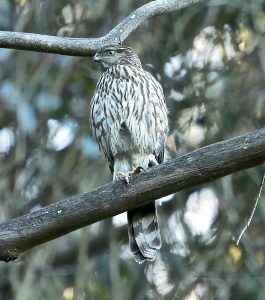 Cooper’s Hawk in Tilden by Pam Young
Cooper’s Hawk in Tilden by Pam Young